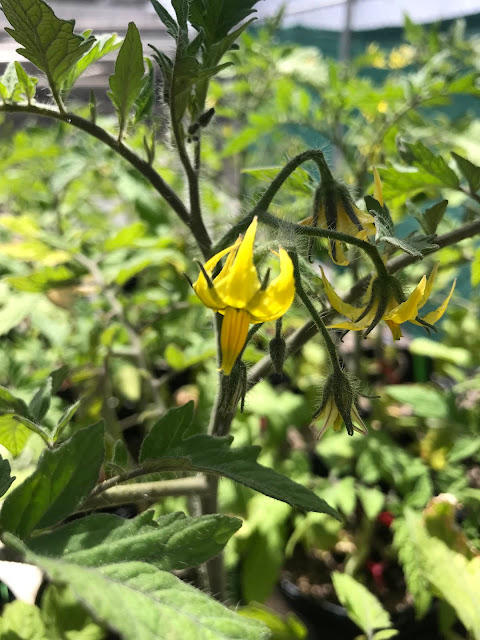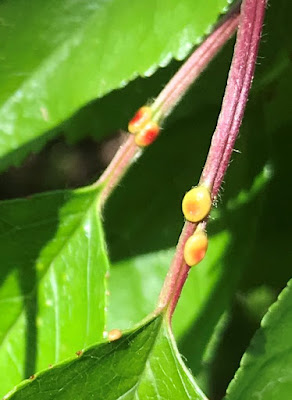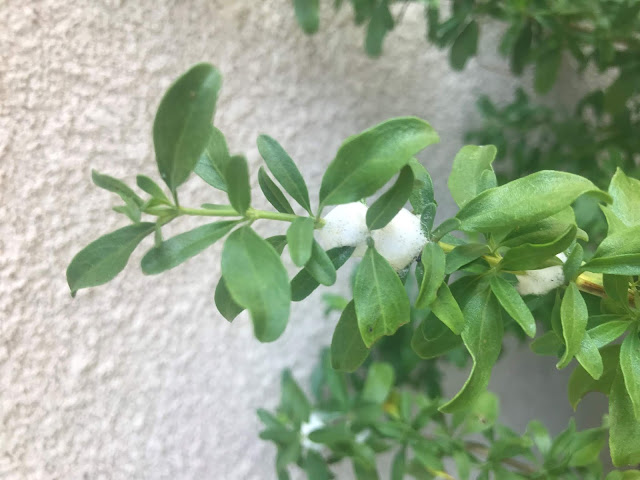Undercover Tomatoes: Beating the Beet Leafhopper and Avoiding Curly Top Virus Infection

Southwest Yard & Garden by Dr. Marisa Thompson Question: I suspect that curly top virus caused half of my tomatoes to wilt and die last year before July, so this year I’ve covered each cage with shade cloth to keep the beet leafhopper out. If wrapping each plant keeps insects out, how do the flowers get pollinated? - Mary T., Belen, NM Answer: Covering tomato plants with shade cloth for most of the growing season (especially early on) is a great way to reduce their exposure to the beet leafhopper ( Circulifer tenellus ), a tiny, jumping insect that is known to transmit curly top virus (also known as beet curly top virus). Beet curly top virus is known to infect several crops, including (no surprise) beets, tomatoes, peppers, beans, potatoes, spinach, cucurbits (cucumbers, squash, melons, and the like), many ornamentals, and weeds such as Russian thistle (tumbleweed) and mustard (e.g., London rocket). Depending on the host species, infection by this virus c

